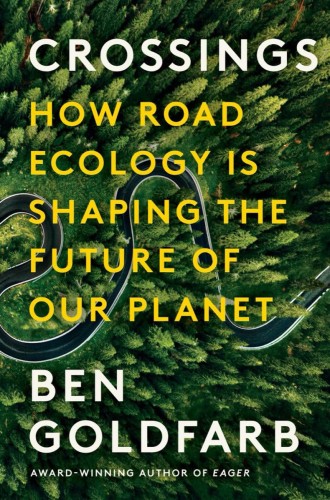How roads hurt animals
Ben Goldfarb’s book on road ecology has expanded my understanding of what makes a livable city—and world.

Crossings
How Road Ecology Is Shaping the Future of Our Planet
As an urban planner, I seek to make my city more livable for people. This includes work to mitigate some of the adverse effects of cars by making streets safer for walking and cycling, reducing the amount of land consumed by parking spaces, and decreasing the carbon emissions of the transportation sector. I have to admit, though, that I’ve spent almost no time in my job thinking about the impacts of cars on animals.
That is, until I read journalist Ben Goldfarb’s Crossings and learned about the science of road ecology, defined loosely as the study of how “life changes for plants and animals with a road and traffic nearby.” I knew that 40,000 Americans are killed each year in car crashes, but I learned that 1 million vertebrate animals are struck by cars each day in this country.
Goldfarb shares compelling road stories of animals across the country and around the world. Mule deer in Wyoming have a 300-mile migration in and near the Rocky Mountains, but their journey hits a moving fence at Interstate 80. A small population of mountain lions is practically trapped in the Santa Monica Mountains near Los Angeles, surrounded by highways and resorting to inbreeding. Turtles in Florida attempting to cross a highway that severed their wetland have little hope of making it alive. Salmon in the Northwest migrating to their spawning grounds are blocked by culverts under roads that get clogged by branches and debris. Add to this wallabies in Australia, toads in England, snakes in Costa Rica, anteaters in Brazil, and it’s easy to see the destructive force of roads on wildlife. Animals lose their ability to move freely, disrupted by the roads built so humans can move freely.




